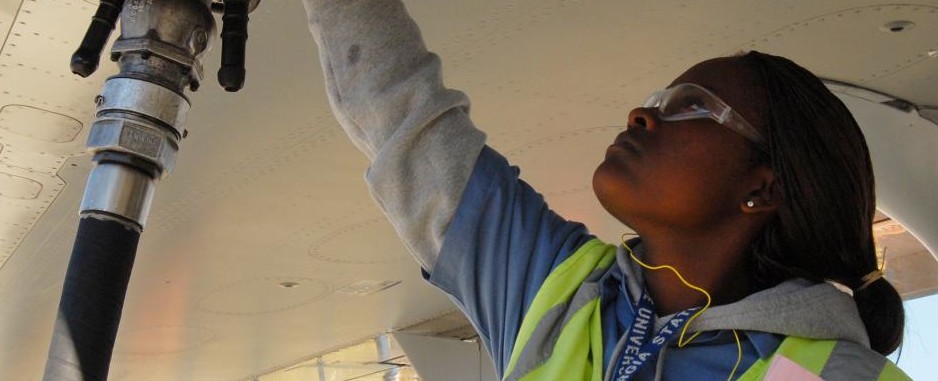Driven by supply concerns, jet fuel prices have moved solidly higher, increasing by around 3.5% and averaged $92 a barrel for September, a new IATA report has shown.
Oil prices have risen nearly 40% over the past year and jet fuel prices averaged more than $90/b last month, it said.
Crude prices reached their highest level since 2014, boosted by Opec’s refusal to increase output, even with the US sanctions on Iran likely to reduce global supply.
The Brent crude benchmark lifted above $80/b in September and ended the month averaging only slightly below that level.
Global (total) passenger yields (dollar terms) have moved a little higher over recent months, as airlines try to recover some of the rising input costs through airfares, IATA said.
The data, it said reflect developments in the ‘base’ airfare only and exclude revenue from surcharges and ancillary services.
The gap between the premium and economy cabin yields, which started to become clear around mid-2017 — has been maintained in the latest data.
The IMF’s recent downgrade to the global economic outlook, combined with widening trade tensions could see yields come under renewed downward pressure in the months ahead.
Premium-class passengers accounted for 5.2% of total international origin-destination traffic in the first seven months of 2018, IATA said.
This proportion was unchanged from the same period a year ago.
In terms of revenue, premium-class passengers accounted for 30.4% of total passenger revenues over the first seven months of 2018, down only marginally on the outcome for the same period a year ago, it said.
Premium passenger growth over the year-to-date has outperformed its economy counterpart most visibly on the Asia-Southwest Pacific and within Europe markets.
The largest outperformance of premium fares (vs economy) has been in the Europe-Middle East market.
Year-on-year growth in industry-wide revenue passenger kilometres (RPKs) increased to 6.4% in August, up from 6.1% in July.
The latest data provide further evidence of solid growth in RPKs during the peak period of passenger demand over the northern hemisphere summer.
Industry-wide FTKs increased by 2.3% year-on-year in August — unchanged from July and less than half the five-year average pace (5.1%).
As IATA noted previously, this slowdown in FTK growth is consistent with the typical pattern following a business inventory-led upturn, such as that observed in 2017.
Industry-wide available seat kilometres (ASKs) grew by 5.5% year-on-year in August.
Passenger demand is continuing to trend upwards in seasonally adjusted terms at a slightly faster rate than capacity.
On the freight side, available freight tonne kilometres (AFTKs) grew by 4.5% year-on-year in August, up from 3.9% in July and faster than the corresponding annual demand growth rate for the sixth month in a row…



